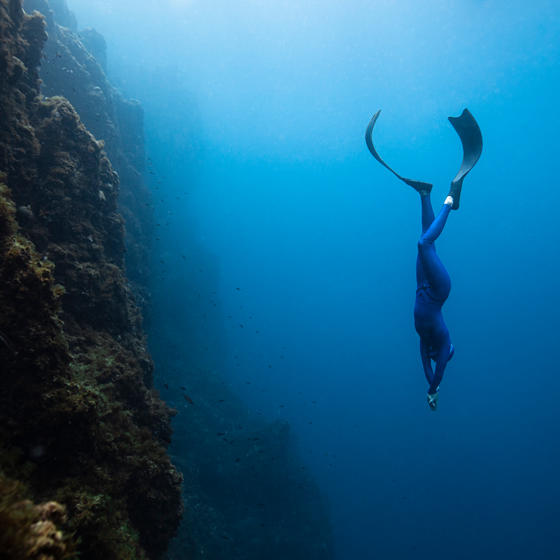Tracing the footsteps of history’s female adventurers and bringing their underrepresented stories to light, Elise Wortley is redefining what it means to be an explorer. We caught up with her on the eve of her third expedition, to Iran’s Valley of the Assassins.
27 April, 2022
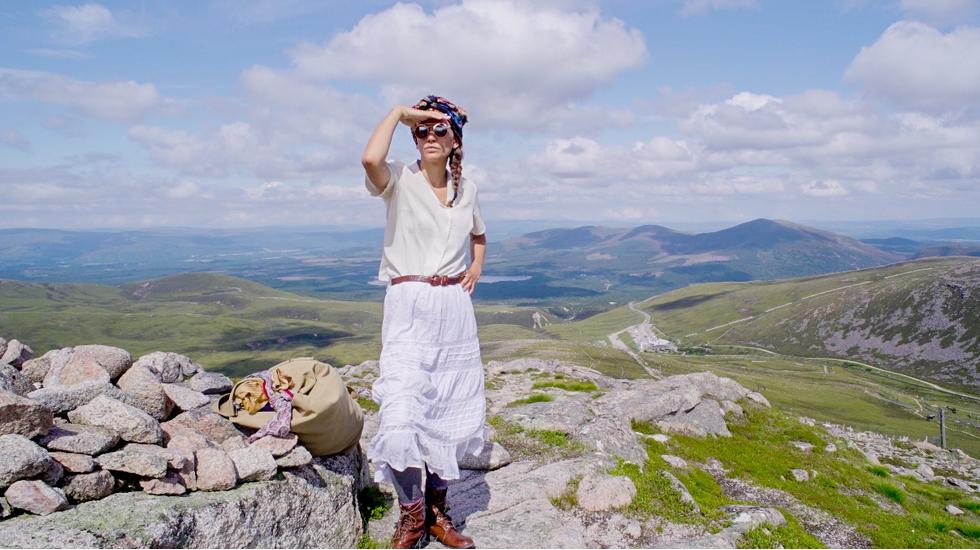
On
Elise Wortley’s first expedition, she wore a yak-wool coat
and used a backpack made from an old chair. Traversing the
Himalayas, the British explorer traced the footsteps of her
childhood hero, Alexandra David-Néel, completing 174km of the
14-year journey the 20th-century explorer undertook. Two years
later, Wortley wandered through the Scottish Highlands in the
company of Scottish poet Nan Shepherd’s ghost. For each trip, she
wore the same clothes the explorers would have worn in their day:
faux-fur boots on the trail from Lachen to Mount Kanchenjunga, as
mapped out in David-Néel’s book My Journey to Lhasa; petticoats and
a distinctly un-waterproof trench coat for skirting lochs and
rugged crags with Shepherd.
Her reason? She wanted to highlight the bravery of history’s
forgotten female explorers. At the beginning of May, Wortley will
begin her third Woman with Altitude expedition, walking through
Iran’s notorious Valley of the Assassins. Just as the adventurer
Freya Stark did in the 1930s, Wortley will be heading deep into the
desert beneath the Alborz Mountains. Stark ventured there to find
the castle ruins of an 11th-century Persian sect known for their
prowess with knives. There were few maps of the former fedayeen
(known also by the derogatory term “hasisi”, which the English word
“assassin” originates from) strongholds in the early 20th century,
so Stark set off with a mule to create her own. Her book about the
trip, The Valleys of the Assassins, became a bestseller. Stark is
the first explorer in whose footsteps Wortley has walked to have
enjoyed any contemporary success. Wortley heads there not in search
of the ruins, but seeking those same landscapes Stark
encountered.
During the journey, Wortley will make a documentary, blog about
her experiences and complete volunteering activities. She will also
eat similar meals to those her hero ate, foregoing modern equipment
in favour of historically authentic gear, and sleeping, as Stark
did, at family farms and homes along the way. In her bag will be a
mosquito net, a copy of Marco Polo’s Travels, a compass, a blanket,
a bar of chocolate, a tin of sardines, soap, a camera, a torch,
quinine and mapmaking materials.
She hopes that her adventures will highlight the stories of
these forgotten female pioneers and encourage others – particularly
women – to be brave and venture beyond their comfort zone. SUITCASE
caught up with Wortley on the eve of her desert odyssey.
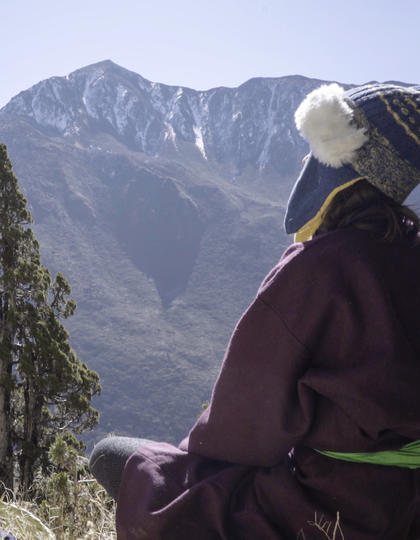
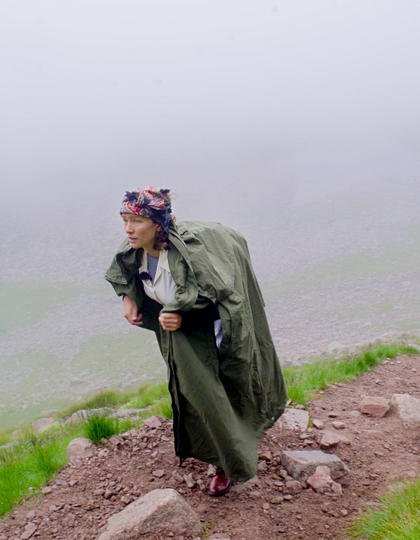
I never set out to be one – it was a bit of an accidental
venture. When I was 16, I read a book by the female explorer
Alexandra David-Néel. I thought explorers were always men. I’d
never been taught about anyone like her. She trekked through Asia
for 14 years, attempting to reach the capital of Tibet. She was the
first western woman to meet the Dalai Lama.
Then I went to college and got a job and forgot all about it. In
my late 20s, I began to experience severe anxiety and, during that
period, read her book again. I kept thinking how brave she would
have been, and decided to follow in her footsteps.
When I returned from my first trip, I started doing research and
put together a spreadsheet of hundreds of women explorers I’d never
heard about. Many of them hadn’t been taken seriously as writers or
explorers in their time. I realised I needed to make their stories
more visible. If you think of a famous explorer, it’s often a guy
that comes to mind. I wanted to break through that and show that
women have always been out there and, actually, are still out
there.
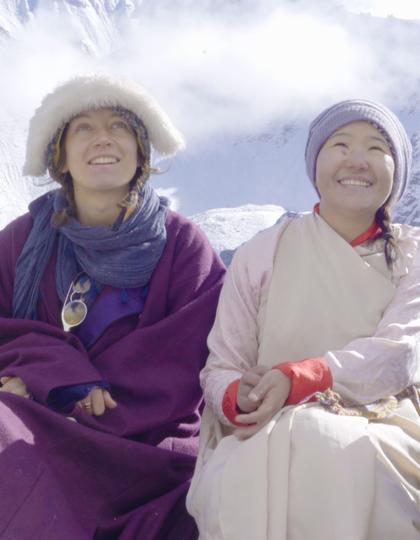
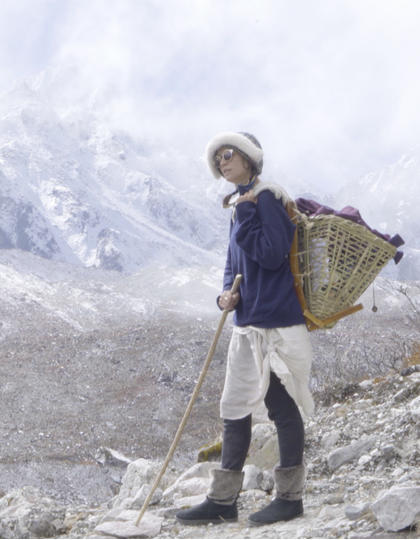
Freya Stark set off on some incredible adventures. The one I’m
following is charted in her book The Valleys of the Assassins. The
Assassins, who lived in the desert in 300 BC, were a Persian sect
known for their knife-wielding warriors. They were formidable, and
have become legendary.
We’re flying into Tehran and I’ve made notes of all the key
parts of Stark’s journey so we can match her route exactly. It’s
very remote – in the middle of nowhere. I’m being supported by a
female-run tour operator, Laleh, and I’ll also be accompanied by
Nadia, a female guide from Intrepid Travel. Two female filmmakers
will travel alongside me, but it’s just me wearing the gear Stark
would’ve worn.
Stark is famous for always having worn a Burberry coat. It’s
hard to get hold of an original 1930s trench, but I’ve found one
that’s suitable, and it comes with a matching hat, too. She also
wore a traditional style of Persian clothing, which is essentially
a long black tunic. I’m looking to source a similar one through a
vintage Middle Eastern clothing shop. I’ll have 1930s boots, as
well, and a sheepskin waistcoat.
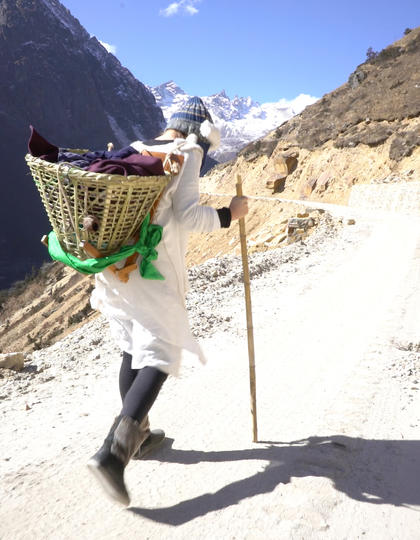
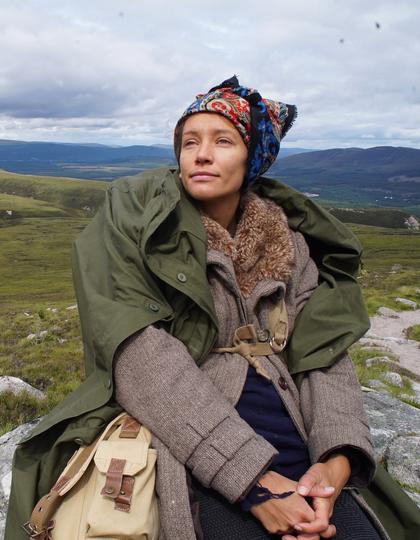
Definitely. They integrated themselves into the communities they
visited, and they stayed for extended periods. In her book The
Living Mountain, Nan Shepherd explained that it’s about
experiencing the landscapes as a whole, rather than conquering
them.
Yes, I do. I take their books and read them as I go, and it
gives a whole new perspective being – quite literally – in their
shoes, in the places they went, wearing what they wore. It brings a
new meaning to their narratives.
I always say that you don’t have to walk through the Himalayas
to have an adventure. You don’t have to do what I’m doing, or what
those women did. You can take their spirit and what they were about
and use it to start your own little adventure. There was a time
when I would never have been able to do this.
The whole explorer “space” is very inaccessible for lots of
people, but if these women could do it back then, then you can have
your own adventure, whatever it is.
